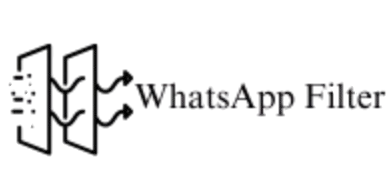The 10th Elections: Facebook Ad Library isn’t a panacea when it comes to deciphering who pays for what types of ads on Facebook, but it does offer some interesting, or at least curious, data. This library is one of the initiatives the social network launched in March 2019 to strengthen its transparency: it allows you to explore, filter, and download advertising data on social issues, elections, and politics , as well as view advertising spending by advertiser and the number of ads running. Its job function email database Reports section allows you to view data by date range, Page name, and the entity that finances the advertising.
So I asked myself, “How much and how much did political parties spend on Facebook advertising during the November 10 elections?”
To answer 10th Elections: this question, I selected the last 30 days, from October 16 to November 14. Although the election campaign formally lasted only from November 1 to 8, this date range captures the period during which the ads purchased for the campaign were (or could have been) canada email lead active. To calculate spending by party, I totaled all the campaigns declared by each party, regardless of the Facebook page from which they ran the ad (up to a minimum of €280 per page).
The result?
Unidas Podemos was the party that spent the most: 754,229 euros
This figure is four times that of the next party in the ranking (Ciudadanos) and 6.5 times the amount linkedin launches new tools for profiles and pages in 2020 invested by the PSOE (114,294 euros).
For these campaigns, Unidas Podemos contracted advertising on both the party’s website and the personal pages of Irene Montero, Pablo Iglesias, Meri Pita (Secretary of Plurinationality and Territorial Diversity of Podemos), Jesús Santos (spokesperson for Ganar Alcorcón), María Teresa Pérez (of Unidas Podemos for Alicante), Javier Sánchez Serna (member of the Podemos State Council) and Txema Guijarro (Podemos deputy for Alicante).
